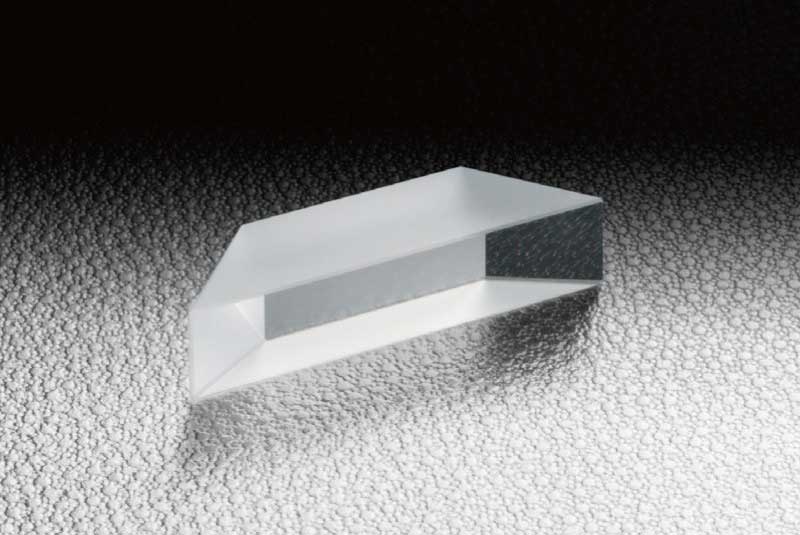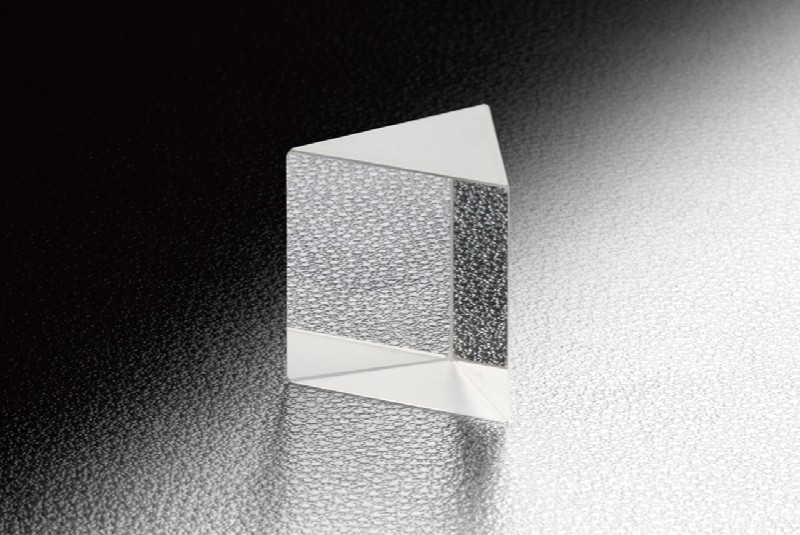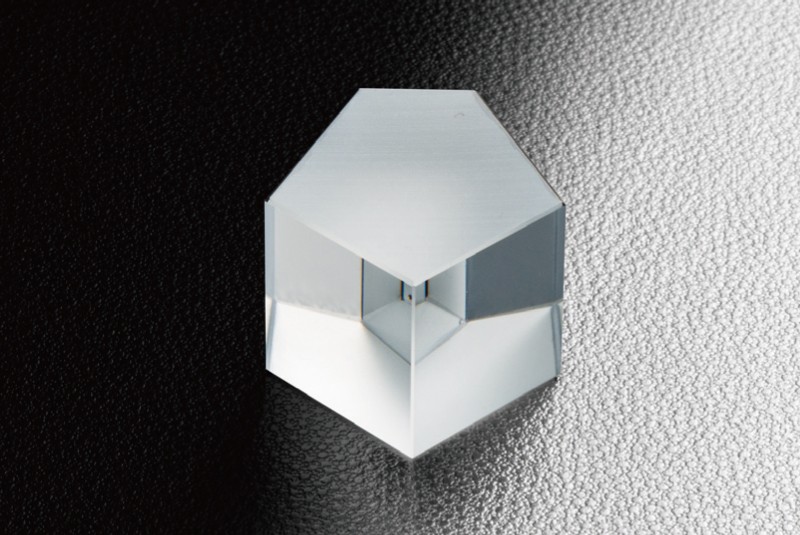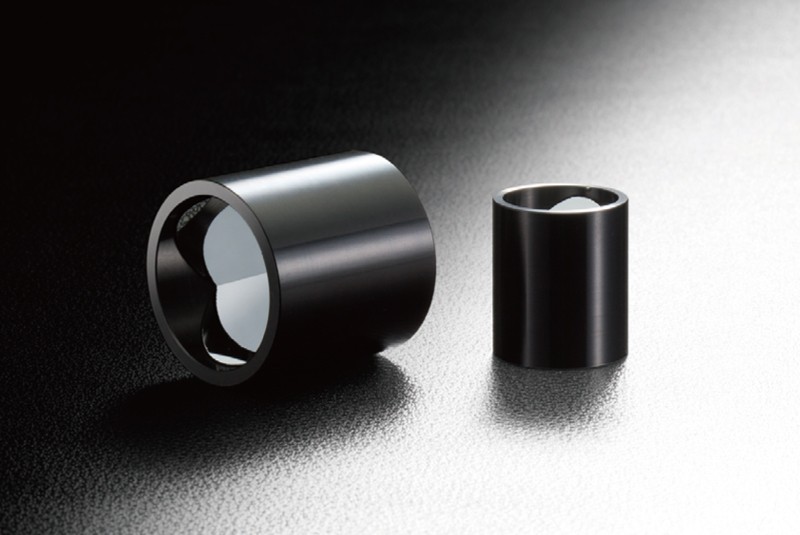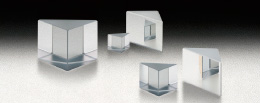Prisms

Prisms are optical components that are used to direct light at a specified angle and can also be used to separate white light into its consituent colors through refraction. The simplest prisms have light propagate through them with no reflections (only refraction) while more complex prisms utilize multiple internal reflections to achieve their purpose. Properties of light such as retardation can be controlled and manipulated through clever design of internal beam path. OptoSigma offers a wide variety of prisms including Equilaterial, Right Angle, Right Angle (Coated), Penta Prisms, Corner Cube, Hollow Retro-Reflectors, Light Pipe, Dove Prisms, Pellin Broca, and Knife Edge. If none of our many catalog prisms meet your requirements please send us a request for a custom prism.
Prisms Application Guide
By processing the various forms of glass, the prism produces a special effect due to refraction. Since there is no angular offset after manufacture, it is also used as an accurate reference angle.
Function |
Product |
Application |
|
Reflecting light |
|
Right Angle Prisms(RPB/RPSQ) |
Substitute of the mirror,or reflector of a compact optical system. |
Replacing the light |
|
Corner Cube Prisms(CCB)Hollow Retro-reflectors(RCCB) |
Interferometer, Reflector, such as distance measurement or delay line. |
Dispersion wavelength |
|
Equilateral Dispersing Prisms(DPB/DPSQ/DPTIH11) |
Spectroscopic measurement, Dispersion compensation |
Special effects |
|
Dove Prisms(DOP), Penta Prisms(PPB), Pellin-Broca prism(PBPQ) |
Rotate or flip the image |
About Refraction and Critical angle
When the light is at an incident oblique angle on the glass, causing the refraction at the interface of the glass and air, the traveling direction of the light will change. At this time, the emission angle toward the side of the glass is smaller than the incident angle of the air. If the refractive index of the glass can be seen, this relationship can be determined by Snell’s law. Then, even if the incident light is emitted at the same angle as the angle θb shown below the boundary surface of the glass, through the same path, it will be emitted to the air at the incident angle θa. However, if it is incident at a large angle with the boundary surface from the side of the glass, then emitted to the air-side angle will exceed 90 degrees. It is called “critical” the emission angle of the air side when 90 degrees. It is called to be this angle “critical angle”. When the incident light from the glass boundary is at an angle larger than the critical angle θr, the light will not come out to the air causing total reflection.





